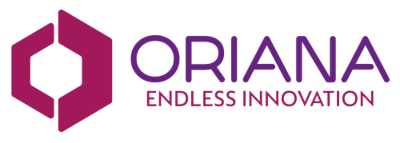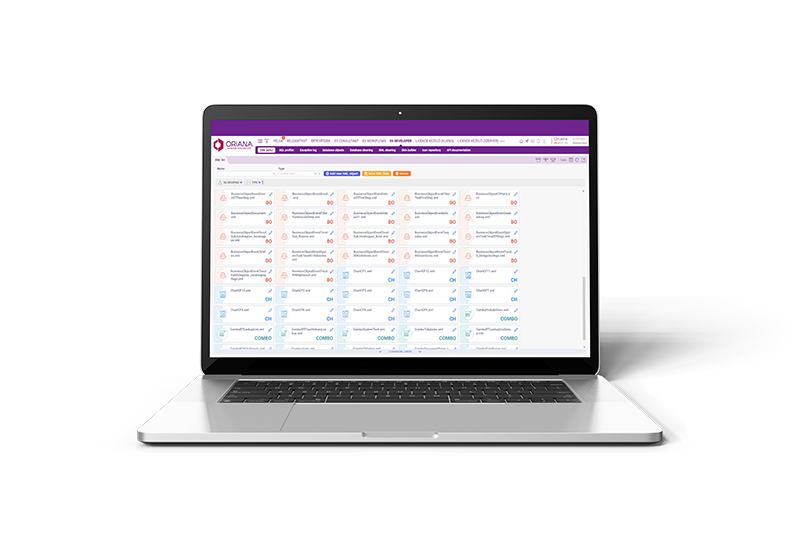Everywhere, businesses of all sizes are facing unprecedented challenges, sometimes to their very existence. Methods of cost-saving are high on the list of board-level topics, and according to a March 2020 Gartner survey of 317 CFOs, 74% of them are planning to move at least 5% of their workforce who used to be on-site, to remote working positions. A quarter of respondents upped the figure to 20% of their workforce becoming permanent home-workers. Perhaps that’s a tribute to the way so many people have adapted to remote working, and continued to fulfill their duties.
A current McKinsey report also considers other ways in which CIOs can manage IT costs – which means reduce costs – “Quickly, but in a smart way.” This begins with auditing all IT expenditure, establishing a baseline, and determining cost drivers in each IT category. It also means looking at renegotiating vendor contracts, especially those nearing renewal, allowing end-of-life apps to wither and die, and delaying or avoiding upgrades. There is a rapidly growing body of advice available on ‘How to renegotiate software contracts by cutting costs’, with the general view being neatly summarized as:
Which tools can we cut completely?
Which tools can we reduce?
Which tools are absolutely necessary?
Cut, cut, cut
In the case of one US remote employment company Hoppier, the answers to these questions resulted in a $60,000 monthly saving on software subscriptions. With Hoppier suffering an 80% drop in business because of covid-19, that’s a very significant and useful cost reduction. So the simple first response is to cut, then cut some more. Logical enough.
The mistake of cutting
However, cost-cutting is only one way of looking at the issues facing companies right now. As reported by McKinsey, ‘CIOs may be tempted to take a radical slash-and-burn approach in an attempt to shore up IT. That would be a mistake. While containing costs must be a crucial element of the second-wave response, CIOs have an opportunity to accelerate programs and push priorities that can help position the business to succeed when the downturn ends. There’s no point in winning the battle but losing the war.’ At Oriana, we fully agree with that: Accelerate programs and push priorities.
As author Peter Daisyme commented in his article 5 Technology Practices to Overcome the Market-wide Productivity Slump, key ways of meeting the challenges of current change are to:
1. Automate workflow
2. Open company communication.
3. Enhance team collaboration.
4. Virtualize your work environment.
5. Keep up with constantly changing tech.
Low-code time!
All of which neatly fit the profile of Oriana’s low-code solution. In addition, low-code platforms actually do answer the needs of immediate cost savings. For example, in 2018, the US Bureau of Labor Statistics estimated the average salary for a software developer at $105,000. Low-code solutions mean that much of the setting up of systems can be done by non-tech users, at a cost lower than a high-end programmer. It’s not that we have anything against fully Pro Developers of course, simply that thanks to low-code, their specialist skills are often no longer needed!
Not just problems…
And while the democratization of low-coding gathers pace, there is an equally strong movement demanding ever more effective answers to all of the new problems (and opportunities) thrown up by the pandemic. “Covid-19 has changed things in some ways because it’s prompting a bit more creativity due to constraints that have been thrown on everybody, whether they’re economic constraints based on concerns for where we’re going, or physical constraints because we can’t travel,” says CEO of software provider Claris, Brad Freitag. “It’s forcing everyone to look at things differently.”
And the more companies are looking differently at their needs in the post-covid-19 world, the more they are seeing that low-code answers the requirements of swift, agile web apps that meet and fulfill new requirements. Time-to-value has never been more crucial, and this is exactly what low-code can achieve, with ease and flexibility. And of course that flavour-of-the-year-2020: cost savings.
Right answer, right time
CEOs recognize that the changes in work practices and income that have happened because of covid-19 can’t be quickly rolled back. CFOs want to spend less on IT. CIOs need their IT to do much more. Everyone in every business and organization understands that in our ‘new normal’ – where nothing is normal – we have to do things very differently. Digital processes are more important than ever, and the tool to achieve this can be low-code solutions providing the right answer, at the right time.



